What is Gyokuro? | Exploring Its Flavor and Aroma, Brewing Techniques, and Differences from Kabusecha
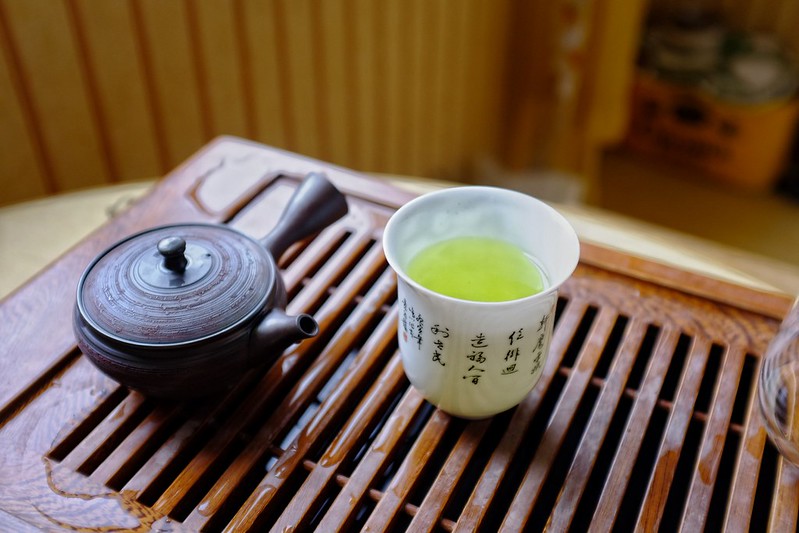
Hello everyone! Thank you for visiting our site ^ ^
In this article, we will introduce you to ‘Gyokuro’, a premium tea leaf among Japanese teas. We’ll cover everything from its flavor and aroma characteristics to the art of brewing it deliciously. So, please stay with us until the end ^ ^
The Premium Green Tea ‘Gyokuro’
Gyokuro is a high-grade Japanese green tea known for its rich umami and refreshing aroma.
The leaves of Gyokuro are slightly larger than those of Sencha and have a needle-like, elongated shape with a deep green color.
It is produced in regions such as Uji in Kyoto Prefecture, Yame in Fukuoka Prefecture, and Okabe in Shizuoka Prefecture.
The Cultivation Method of Gyokuro
The cultivation of Gyokuro is carried out using special methods to produce its unique taste and aroma.
The most distinctive aspect of Gyokuro’s production process is the long-term shading of the tea leaves from direct sunlight during cultivation. By shielding the Gyokuro leaves from direct sunlight for over 20 days, the concentration of amino acids such as theanine increases, while the production of catechins, responsible for bitterness, is reduced.
Furthermore, Gyokuro is made from the first flush, or the first harvest of new buds of the year. These young leaves, being the most nutrient-rich and possessing the freshest flavors of the year, are carefully picked. This meticulous harvesting process ensures that their quality and flavor are maximized.
The Flavor and Aroma of Gyokuro
The greatest allure of Gyokuro lies in its unique taste and aroma.
The ‘rich sweetness’ characteristic of Gyokuro is a result of the increased umami components and reduced catechin production, both effects of the sunlight-shielding cultivation method.
Additionally, these amino acids contribute to the creation of a unique aroma known as “covering fragrance.” This fragrance is distinct, with a hint of greenness rising from the tea leaves, reminiscent of the scent of fresh greens and flowers.
The sweetness and aroma produced by components like theanine, combined with the reduced bitterness from catechins, enhance Gyokuro’s sweetness and fragrance, striking a well-balanced overall flavor profile. This makes it one of the most highly esteemed teas in Japan.
The Secret Behind Gyokuro’s Green Color
The vivid and deep green color of Gyokuro tea leaves is attributed to the amount of chlorophyll they contain. Chlorophyll is a pigment crucial for photosynthesis in plants and is the primary component that gives the green color.
By being shaded from sunlight for an extended period, Gyokuro tea leaves respond by trying to produce more chlorophyll. As a result, Gyokuro leaves exhibit a deeper green color compared to regular green tea.
Thanks to this abundance of chlorophyll, Gyokuro maintains its deep green hue, making it visually enjoyable as well as a delight to taste.
Delicious Brewing Method for Gyokuro
In this section, I’ll introduce how to brew Gyokuro deliciously ^ ^
1. Preparing the Teapot
First, warm the teapot and add an appropriate amount of Gyokuro tea leaves. Warming the teacups as well will help maintain the temperature when you pour the tea.
2. Adjusting the Water Temperature
Pour water cooled to about body temperature (around 50°C) into the teapot. Since Gyokuro can become bitter with high-temperature water, extracting it at a lower temperature is key.
3. Steeping Time
Cover the teapot and steep for about 2-3 minutes. When the tea leaves start to open up, it’s a sign that the tea is ready to drink.
4. Pouring
Pour the tea into the cups, distributing a little at a time. It’s crucial with Gyokuro to extract every last drop, as this ensures all the umami components are enjoyed. Pour until there’s not a single drop left in the teapot ^ ^
The Difference Between Gyokuro and Kabusecha
Kabusecha, like Gyokuro, is a type of tea grown by shading it from the sun, but there are some key differences.
Gyokuro is shaded from sunlight for over 20 days, while the shading period for Kabusecha typically lasts between one to ten days. The length of this shading period affects the amount of chlorophyll and the concentration of amino acids in the tea leaves, resulting in differences in taste and aroma.
While the basic mechanisms that create the flavors and aromas in Kabusecha and Gyokuro are similar, the difference in shading period means that Kabusecha tends to have a slightly stronger bitterness and a different quality of umami compared to Gyokuro.
Gyokuro offers a deep and rich taste and aroma, whereas Kabusecha provides a lighter, more refreshing flavor.
Conclusion
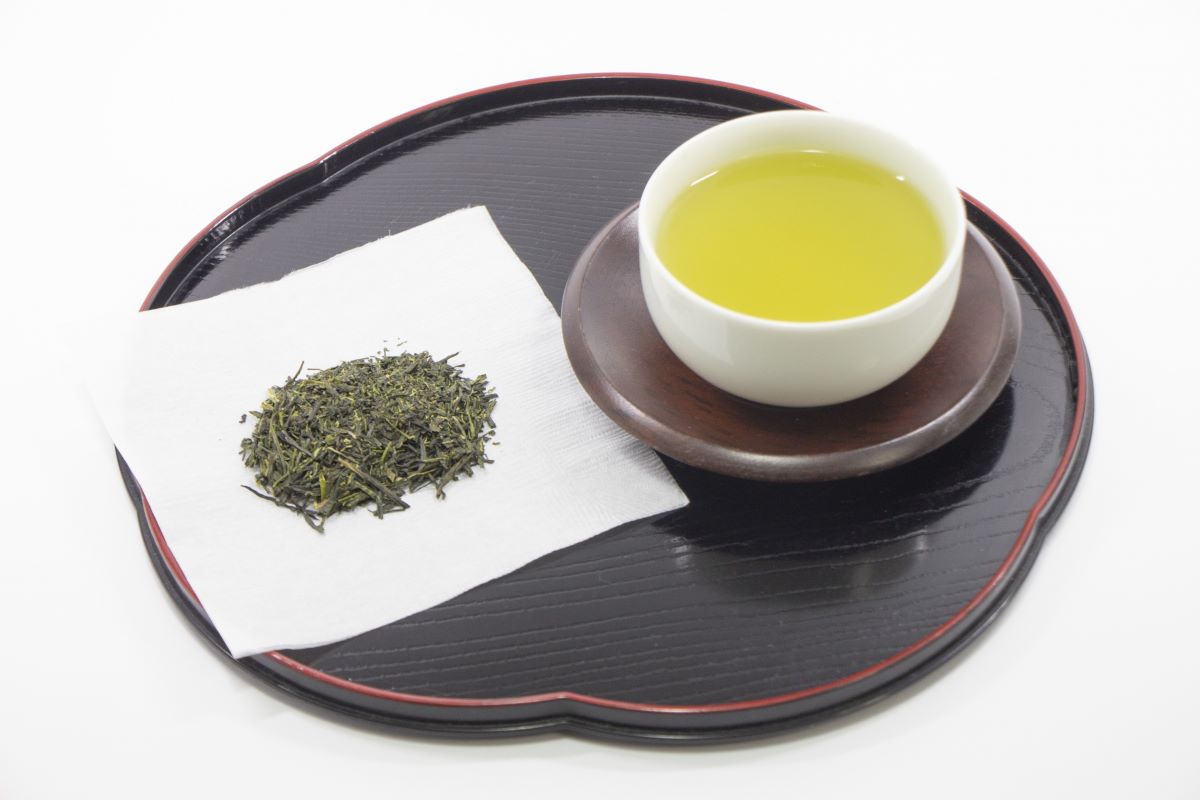
In this article, we have introduced Gyokuro, a premium Japanese green tea, covering its characteristics, cultivation methods, taste, aroma, and the art of brewing it deliciously. How did you find it?
Gyokuro is a tea leaf that allows you to strongly savor both the umami and aroma, symbolizing the meticulous production of Japanese tea.
If this article has sparked your interest in the charm of Gyokuro, I encourage you to give it a try ^ ^



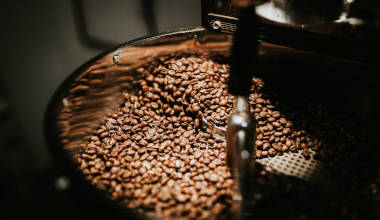


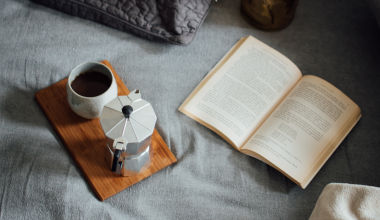
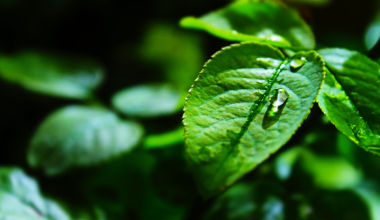
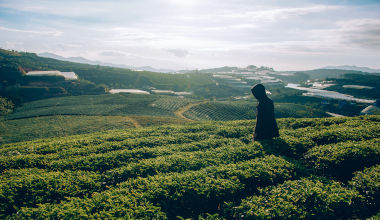

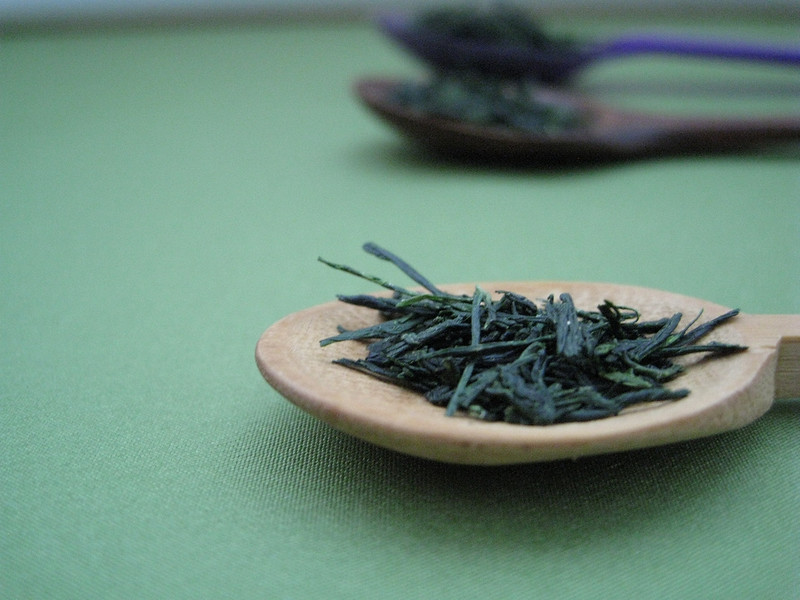
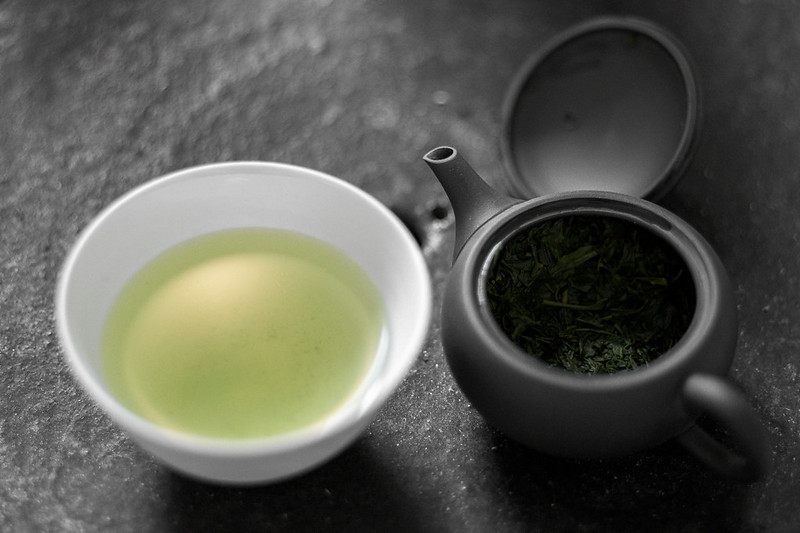
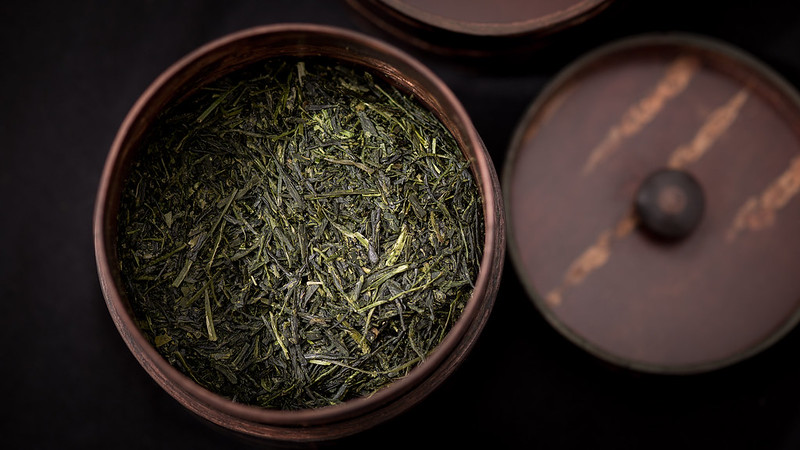
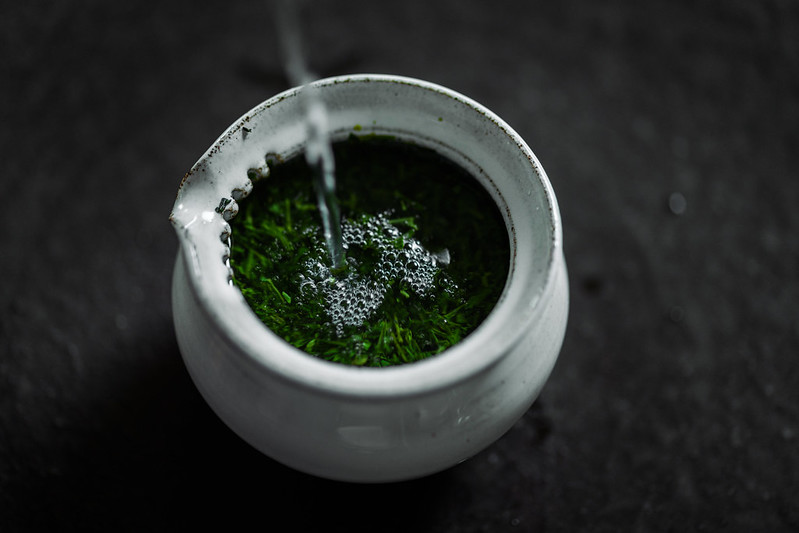
No comments yet.